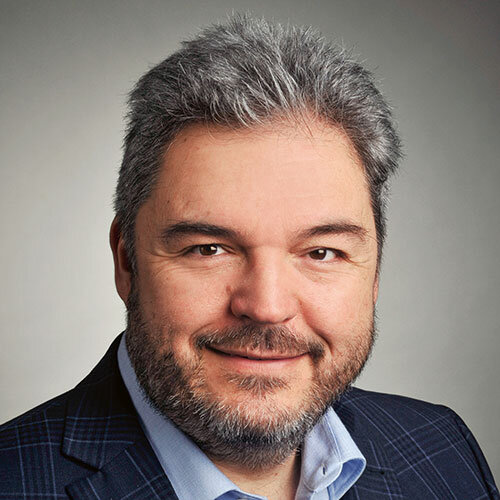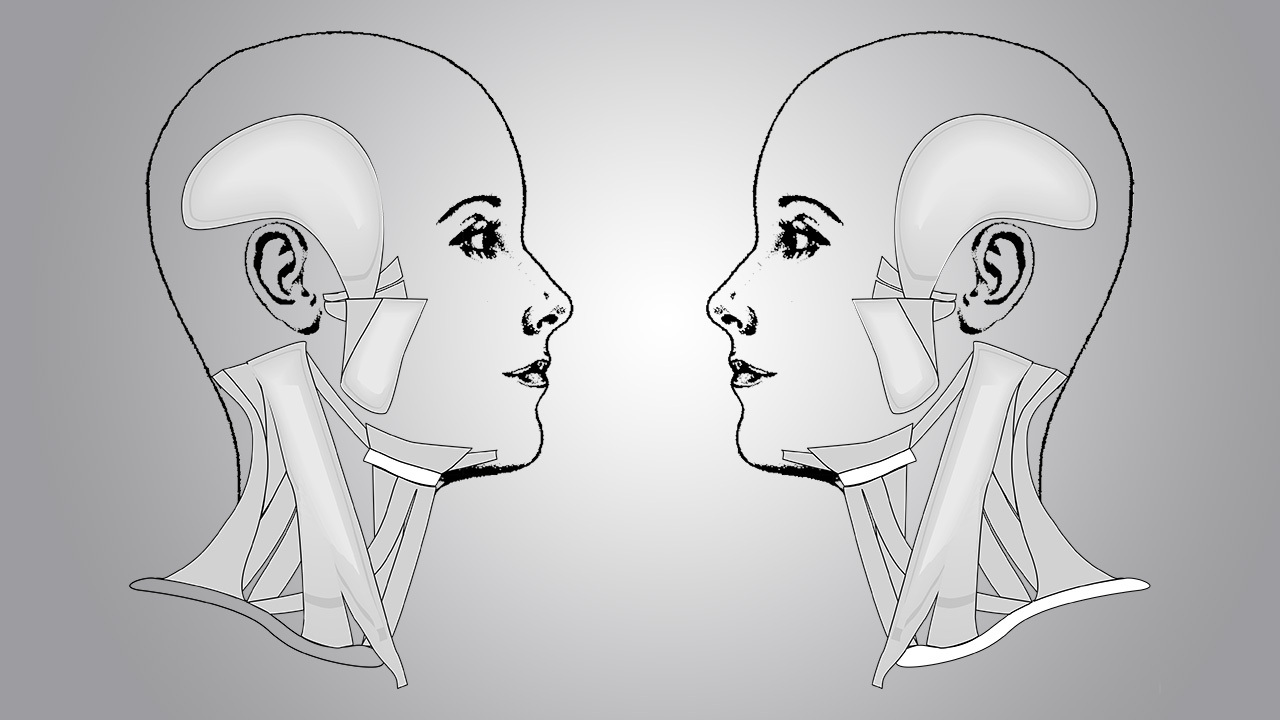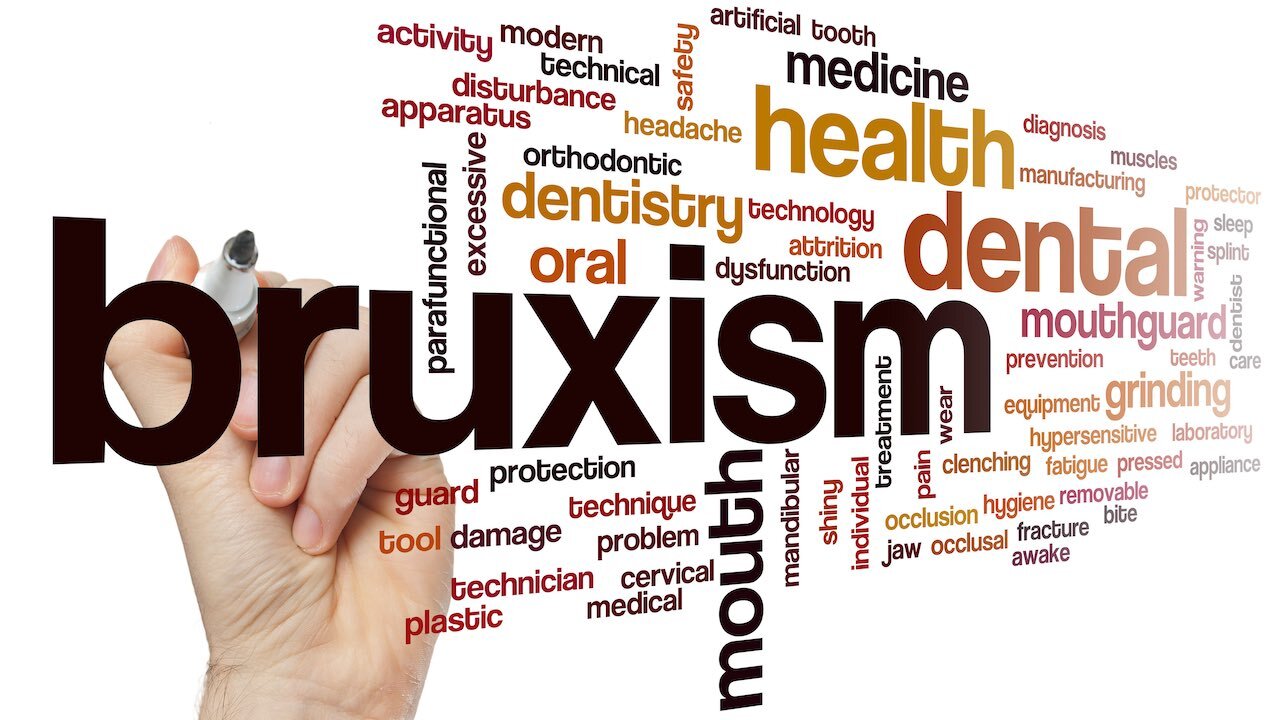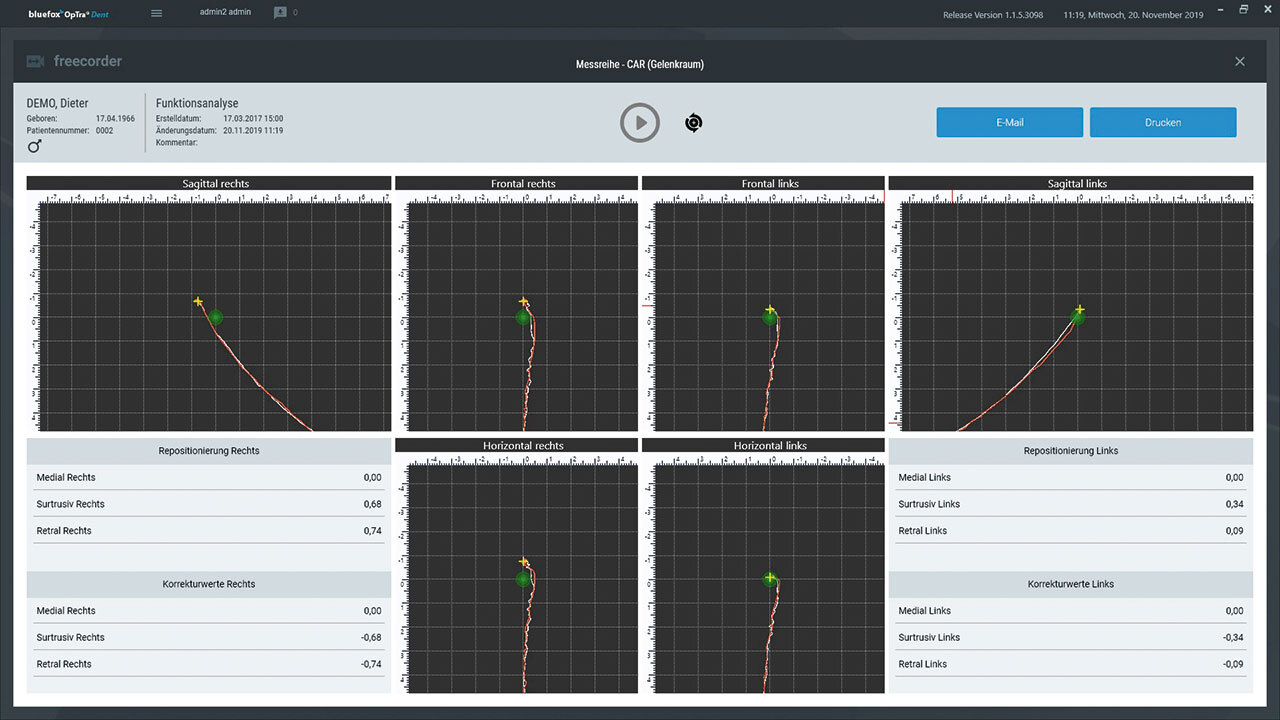Journal of Craniomandibular Function, 1/2022
Pages 47-63, Language: English, GermanRaff, AlexanderBimaxillary splints are oral appliances with a number of established dental indications, and their names vary depending on the indication (eg, anti-snoring splint, sleep apnea appliance, and positioning splint versus simulation splint). These treatment appliances are an integral part of modern dentistry and are recognized in various guidelines and scientific publications. Nevertheless, they are not yet included in Germany’s official Dental Fee Schedule (GOZ), and several new resolutions on this subject have been passed in recent months. The aim of the present article is to present and discuss these guidelines and resolutions in the scope of a critical discourse.
Keywords: occlusal splints, bimaxillary positioning splints, mandibular protrusion splints, bimaxillary simulation splints, sleep apnea, snoring, arthropathy
Quintessenz Zahnmedizin, 9/2020
Zahnmedizin allgemeinPages 956-965, Language: GermanEinwag, Johannes / Raff, AlexanderDer Beitrag beschreibt zunächst die Unterschiede zwischen Mundhygieneinstruktion, professioneller Zahnreinigung und unterstützender Parodontitistherapie bezüglich Inhalt, Nutzen und Indikation. Anschließend werden die Konsequenzen für die Delegation und die Berechnung entsprechender Leistungen in der Bundesrepublik Deutschland aufgezeigt.
Keywords: Mundhygieneinstruktion, professionelle Zahnreinigung, unterstützende Parodontitistherapie, Delegation, Abrechnung
Journal of Craniomandibular Function, 4/2020
Pages 357-370, Language: English, GermanRaff, AlexanderClinical functional analysis (CFA) lays the groundwork for many diagnostic and therapeutic measures for craniomandibular dysfunction (CMD). Hence, Code 8000 of the German Dental Fee Schedule (GOZ) is central to billing for such functional analysis services. However, the principles for evidence-based practice of functional diagnostics have evolved substantially, which is rarely more evident than in GOZ Code 8000: 'Clinical functional analysis, including documentation.' The mismatch between the fee schedule specifications and current practice guidelines becomes particularly obvious when reading the procedural code description for CFA, which was taken from the former GOZ 1988 and adopted in the new and revised GOZ 2012, without updates or changes. Code 8000 states: “The service under no. 8000 also includes the following dental services: prophylactic, prosthetic, periodontal and occlusal examination, functional diagnosis of X-rays of the skull and cervical spine, and clinical reaction tests (such as a resiliency test and provocation test).” The German Dentistry Act requires dentists in Germany to practice dentistry according to current scientific evidence. However, it is difficult to reconcile best practice according to current scientific evidence with the outdated provisions of the GOZ. This article describes this problem in detail, based on the example of GOZ Code 8000. In the case of CFA, it is important to distinguish the exact scope of services included in GOZ Code 8000, since the field of dental functional diagnostics has undergone enormous scientific development and diversification in recent decades, yielding new and distinct services that must be billed separately.
Keywords: clinical functional analysis (CFA), craniomandibular dysfunction (CMD), temporomandibular disorders (TMD), fee schedule, German Dental Fee Schedule (GOZ)
Journal of Craniomandibular Function, 3/2020
Pages 273-279, Language: German, EnglishRaff, AlexanderFurther development of the foundations of the specialty of Craniomandibular Function and Disorders has in some cases made it necessary to redefine the positions of systematized entities of this specialty that had previously been relegated to other positions or causal contexts. Consequently, the first AWMF Guideline on Bruxism Diagnosis and Treatment was published on 2 May 2019 (Register No. 083-027) by the German Society of Craniomandibular Function and Disorders (DGFDT), together with the German Society of Dental, Oral and Craniomandibular Sciences (DGZMK) as well as around three dozen professional societies. The guideline, which was assigned an S3 ranking (reflecting the highest stage of development), recognizes bruxism as a potentially independent disease entity, placing it on a similar footing with craniomandibular dysfunction. The Bruxism Screening Index (BSI), an instrument for the diagnosis of bruxism, was developed by a DGFDT working group based on the current literature, parallel to the S3 Guideline. Restructuring of the specialty in this manner has led to a need for changes in the billing of bruxism diagnostic services. These aspects are discussed in this article.
Keywords: craniomandibular dysfunction (CMD), bruxism, Bruxism Screening Index (BSI), clinical functional analysis, German Dental Fee Schedule, GOZ, analogous billing
Journal of Craniomandibular Function, 1/2020
Pages 53-64, Language: German, EnglishRaff, AlexanderDental functional analysis and treatment specialists have also been impacted by a growing number of disputes over the legal basis for billing various examination and treatment services in recent years. This problem is rooted in the fact that the German Dental Fee Schedule (GOZ), which was reformed by the Federal Government in 2012, is generally binding, so dentists are legally obligated to abide by its provisions without exception (Article §1 GOZ) unless otherwise provided by law. As craniomandibular function and disorders-related services do not fall under the contract dental services provided for under Article §28 (2) 8 of German Social Code V, this impacts all patients in need of functional analysis and treatment. In and of itself, this regulation is clear. Nevertheless, the billing of functional analysis and treatment services is problematic because the fee schedule contains a table of fees for a list of services that is incomplete, especially in this area. This peculiarity is formally recognizable by the fact that Article §6 (1) of the GOZ contains a provision that expressly allows dentists to set fees for independent services not included in the Dental Fee Schedule commensurate with the fees charged for similar analogous services included in the fee schedule ('analogous billing' procedure). The legislators inserted this provision to circumvent the need for periodic short-term updates to the fee schedule; at the same time, the analogous billing procedure allows dentists to meet their obligation to provide treatment consistent with the standards of the current state of science, as specified in the Dentistry Act. The 'List of Analogous Dental Services' published by the German Dental Association serves as a reference for dentists who provide independent services not included in the GOZ fee schedule and thus do their invoicing based on the analogous billing procedure. The list is updated semiannually but is presented without commentary or explanations of the contents. The Commentary to BEMA & GOZ1, a detailed independent fee schedule commentary introduced decades ago and recognized by the German Dental Chambers and courts, is one publication that takes on this task. The present article, written by one of its co-authors, describes the extent to which condylar position analysis is an independent dental service, and the billing procedure for this service.
Keywords: craniomandibular dysfunction (CMD), instrumental functional analysis, condylar position analysis, German Dental Fee Schedule, GOZ, fee schedule, analogous billing
Journal of Craniomandibular Function, 4/2018
Pages 367-378, Language: German, EnglishRaff, AlexanderProgressive tooth surface loss unrelated to caries or trauma has been an increasing focus of dentistry over the last several decades. New clinical diagnostic procedures had to be established to address this problem. Established procedures for the measurement and classification of tooth wear and its pathological relevance for the individual patient now exist in the form of a two-stage examination procedure comprising tooth wear screening followed by an in-depth tooth wear status assessment, if indicated. This was not taken into account in the 2012 update of the German Dental Fee Schedule (GOZ), whose list of functional diagnostic services remained largely unchanged compared to the previous version of 1988. The German Dentistry Act, on the other hand, requires dentists to practice dentistry in Germany according to the current state of science. Dentists would be unable to meet the requirements of the German Dentistry Act if limited solely to the services listed in the GOZ fee schedule. Therefore, legislators drafting the new GOZ fee schedule gave dentists the option to bill for independent services not included in the fee schedule commensurate with the fees charged for analogous services of similar type, cost, complexity, and time requirement. Based on the example of tooth wear screening and tooth wear status assessment, this article describes the legal and scientific background as well as the consequences of implementing the GOZ 2012 fee schedule in daily clinical practice.
Keywords: temporomandibular dysfunction (TMD), tooth wear, tooth wear screening, tooth wear status assessment, fee schedule, GOZ, analogous billing
Journal of Craniomandibular Function, 3/2018
Pages 249-257, Language: English, GermanRaff, AlexanderAs the evidence base for functional diagnostics expands with continuous research and development, this area of dentistry is becoming more and more integrated and interwoven with other medical fields such as psychosomatics and orthopedics. By now, many scientific studies exist in which tests have demonstrated associations between potential co-factors from these medical specialties and temporomandibular dysfunction (TMD). Even after the reform in 2012 of the German Dental Fee Schedule (GOZ), there is almost no change in the list of functional diagnostic services included in the new GOZ compared to the previous version of 1988. While the German Dentistry Act obligates dentists to practice dentistry in Germany according to the current state of scientific knowledge, it is impossible for dentists to do so if they are limited solely to the services included in the outdated contents of the official GOZ. However, German legislators deliberately drafted the new GOZ so as to include provisions for dentists to charge fees for separate services not included in its catalog of services, according to the type, cost, time requirement, and degree of difficulty of comparable services ('analogous billing procedure'). This article explains the legal framework and professional background for the implementation of this practice as well as the consequences thereof based on the example of tests to identify psychological co-factors that contribute to functional disorders of the temporomandibular system.
Keywords: temporomandibular disorder (TMD), tests for the identification of psychological co-factors, clinical functional analysis, German Dental Fee Schedule (GOZ), analogous billing procedure,
Journal of Craniomandibular Function, 1/2018
Pages 61-71, Language: English, GermanRaff, AlexanderThe functional analysis of mandibular movement patterns based on electronic records (electronic axiography or condylography) is not covered by the 2012 revision of the German Dental Fee Schedule (GOZ). The only change from GOZ 1988 is that the old service item 806 was renumbered 8060 and limited to the application of mechanical recording systems. The description was otherwise left unchanged. A separate service item, 8065, was added with a similar description, but intended to cover the use of electronic registration systems. Apart from the distinction between mechanical and electronic recording systems, both services thus remain almost unchanged in the revised GOZ 2012 compared to the GOZ 1988. Furthermore, the descriptions of both service items unequivocally limit the scope of the items to the movement record intended for programming articulators. This is sufficient and useful for restorative applications. However, the methods for the functional evaluation of mandibular movement patterns that have arisen in recent years are not reflected in these two items. At the same time, however, these methods are well founded in the scientific literature and have now also been described in the Guideline (S2k) "Instrumental Functional Analysis in Dentistry"1. Dentists in Germany are required by law to practice dentistry according to the current state of the art, but they cannot do so based solely on the service items listed in the GOZ. § 6.1 of GOZ 2012 therefore explicitly stipulates that those dental services not listed as independent service items can be billed according to the type, cost, and time input involved and the degree of difficulty of comparable services (referred to as "analogous services"). With reference to the example of functional mandibular movement analysis, the present article describes the legal and technical background of the GOZ items as well as the consequences for their implementation in clinical practice.
Keywords: temporomandibular dysfunction (TMD), analysis of mandibular movements, recording of mandibular movement, clinical functional analysis, Dental Fee Schedule (GOZ), analogous billing
Journal of Craniomandibular Function, 3/2017
Pages 237-244, Language: English, GermanRaff, AlexanderThe further development of the principles of functional diagnostics also concerns the inclusion and integration of the issues in this dentistry sector with those of other medical sectors such as orthopaedic or psychosomatic medicine. Some scientific studies are now available that underscore the significance of appropriate tests for identifying any existing co-factors from these sectors of medicine.
The list of service items contained in the German Dental Fee Schedule (GOZ) were hardly altered with regard to functional diagnostics by the GOZ fee reform in 2012, so that they differ very little from the previous version of 1988. Consequently, in this regard the GOZ is outdated, and since dentists in Germany are required by law to practice dentistry according to the current state of science, they cannot do so based solely on the service items listed in the GOZ. The legislator is aware of this problem and has, therefore, included the possibility in the new GOZ of invoicing those dental services not listed therein as independent service items according to the type of service, cost, and time input involved as well as the degree of difficulty of comparable services (referred to as "analogous services"). With reference to the example of tests for the determination of orthopaedic co-factors relating to a dysfunction of the stomatognathic system, this article describes the legal and functional background to the GOZ fees, and the consequences for their implementation in clinical practice.
Keywords: temporomandibular dysfunction (TMD), tests for determining orthopaedic co-factors, clinical functional analysis, Dental Fee Schedule (GOZ), analogous billing
Journal of Craniomandibular Function, 2/2017
Pages 155-163, Language: English, GermanRaff, AlexanderThe further development of the principles of functional diagnostics frequently also has an effect on new diagnostic instrumental procedures. Diagnostic occlusal indicator splints for the visual analysis of occlusal parafunctions are an example of this. These were developed to record the intensity and distribution of tooth contacts over time throughout the period of splint wearing, and to enable their objective visual evaluation at a later date. The list of service items contained in the German Dental Fee Schedule (GOZ) were hardly altered with regard to functional diagnostics by the GOZ fee reform in 2012, so that they differ very little from the previous version of 1988. Consequently, in this regard the GOZ is outdated, and since dentists in Germany are required by law to practice dentistry according to the current state of science, they cannot do so based solely on the service items listed in the GOZ. The legislator is aware of this problem and has, therefore, included the possibility in the new GOZ of invoicing those dental independent services not listed in the fee code as analogous service items according to the type of service, cost, and time input involved, as well as the degree of difficulty of comparable services (referred to as "analogous services"). On the basis of the example of diagnostic occlusal indicator splints and their evaluation, this article describes the legal and functional background to the GOZ fees, and the consequences for their implementation in clinical practice.
Keywords: occlusal parafunctions, diagnostic occlusal indicator splints, dental fee schedule (GOZ), analogous services






